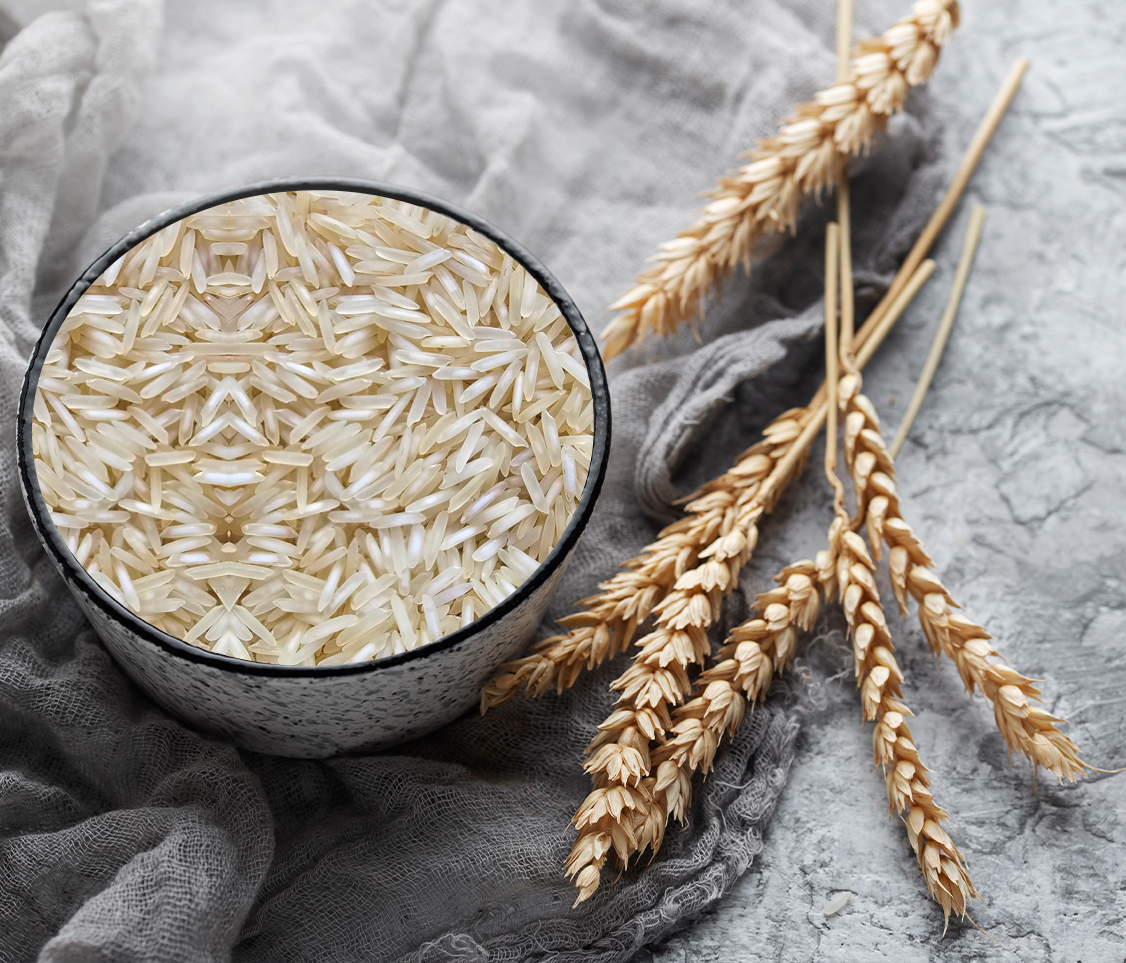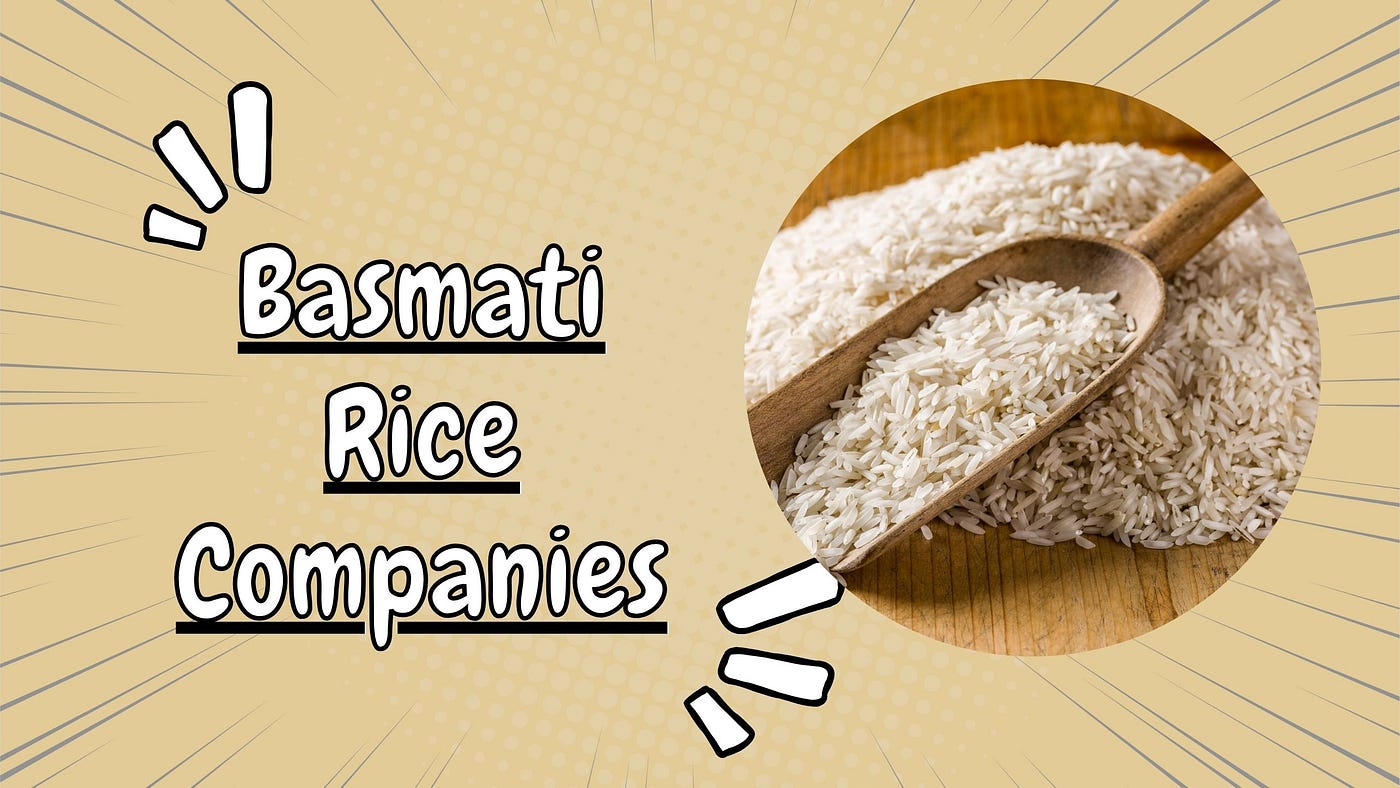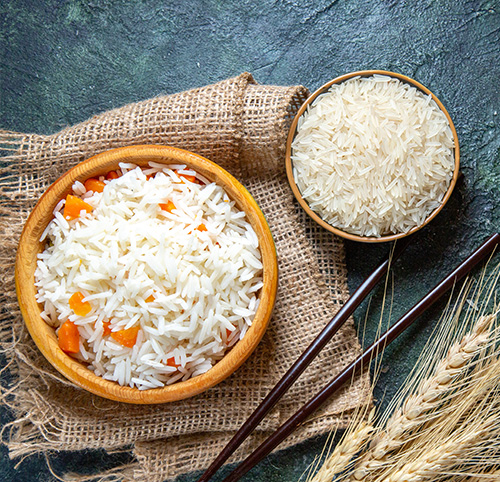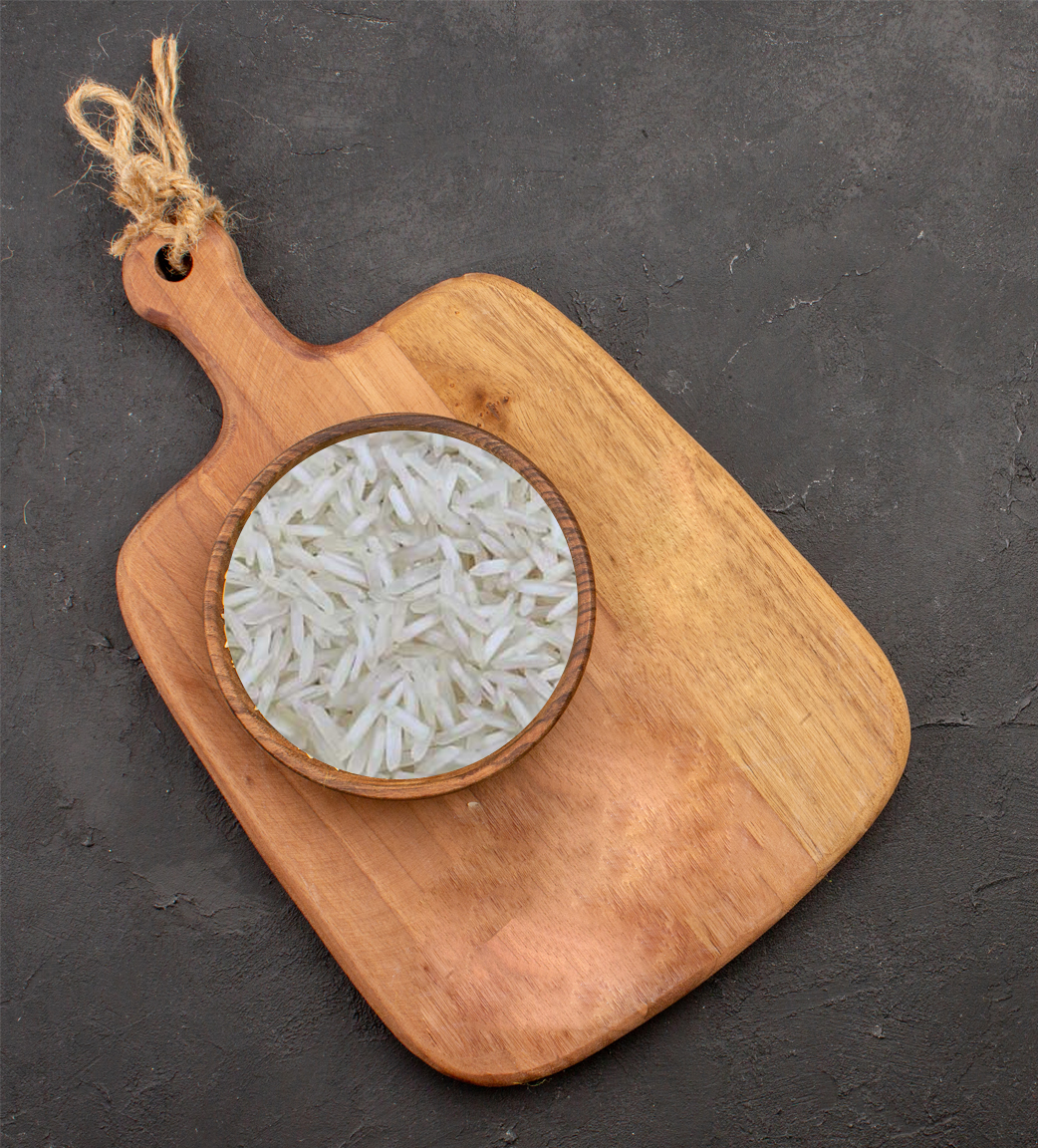Blogs
Blogs
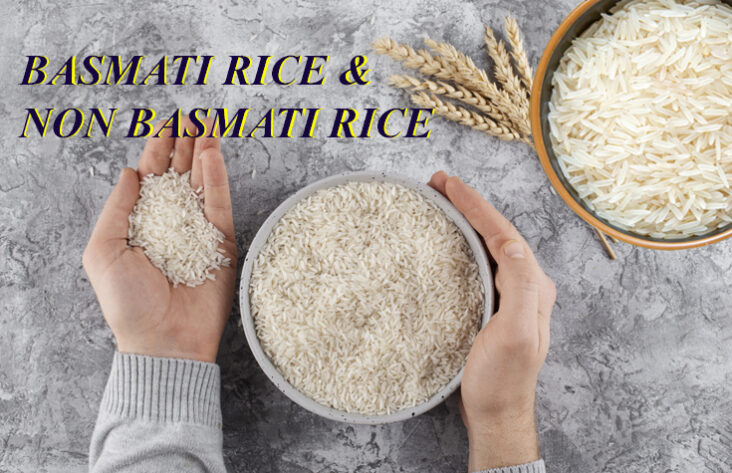
29 Aug
Which one is the better: some basic differences between basmati and non basmati rice by Mahavir Global INC.
When comparing Basmati rice and non-Basmati rice, it’s essential to consider several factors, especially if you're choosing the best option for your needs. Mahavir Global INC. provides insights into these differences.
Basmati rice, known for its unique aroma and long, slender grains, is a premium variety that elongates further when cooked. It’s ideal for dishes like biryani and pulao, where the texture and fragrance play a crucial role. Basmati is also lower on the glycemic index compared to many non-Basmati varieties, making it a healthier choice for managing blood sugar levels.
Non-Basmati rice, on the other hand, comes in various shapes and sizes, ranging from short and round to long and thick grains. It lacks the distinct aroma of Basmati but is more versatile and affordable, suitable for everyday meals. Non-Basmati varieties are often used in dishes like idli, dosa, and rice-based casseroles.
In summary, if you're seeking a luxurious, aromatic rice for special dishes, Basmati is the better choice. For daily consumption and versatility, non-Basmati rice may be more suitable, balancing cost and quality effectively.
There are some basic differences between basmati and non-basmati rice.
- Fragrance and taste : The most common identifiable feature of basmati rice is its fragrance. Some rice provides alluring scents that contains a positive response to the guest’s dining experience. Basmati rice provides a pleasant scent during and after cooking. Whereas, non-basmati rice has a soft smell as well as appealing taste that make it to have for regular eaters in their everyday meal.
- Grain size and shape : Each variety of rice can be identified by the length, shape and color. Basmati is long grain rice. It is comparatively lighter than others. On the other hand, non-basmati rice comes in each size including long, thin, short, round etc.
- Enhanced size after cooking : In general, basmati rice turns out to be double its length after cooking. In its raw state, it is comparatively longer than others. Considering India’s context, this variety of rice is utilized in several dishes for several purposes. But, post-cooking measures can’t be seen in non-basmati varieties.
- Dietary advantages: Basmati rice is popular for its beautiful smell and great taste. It also has some dietary benefits. It cannot be overcooked by the medical benefits of non basmati rice as it contains less in starch as well as it is not the cause of indigestion. But for a regular diet, non-basmati rice is the best option. It is available at a cheap price.


